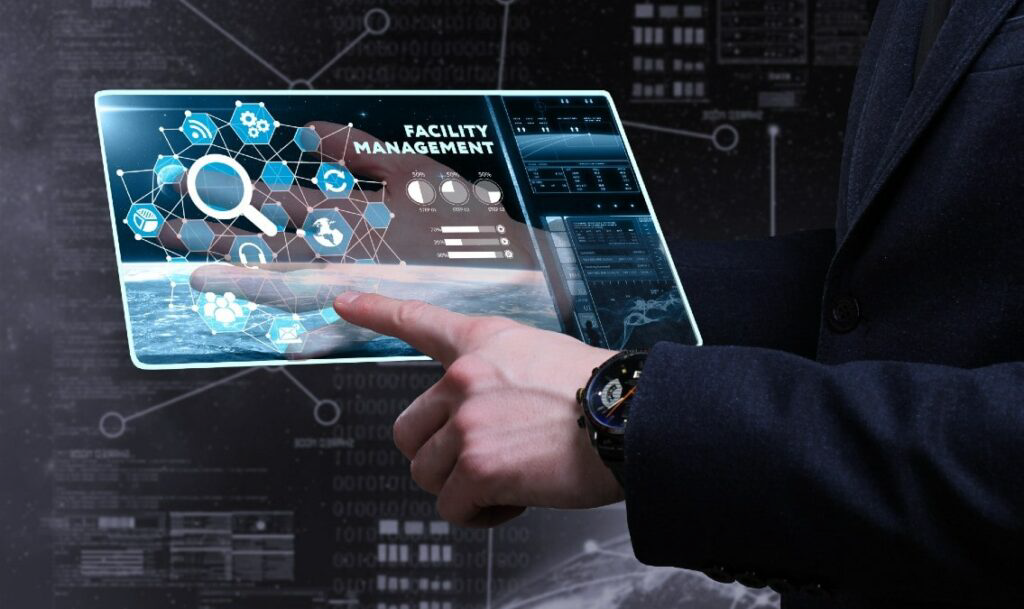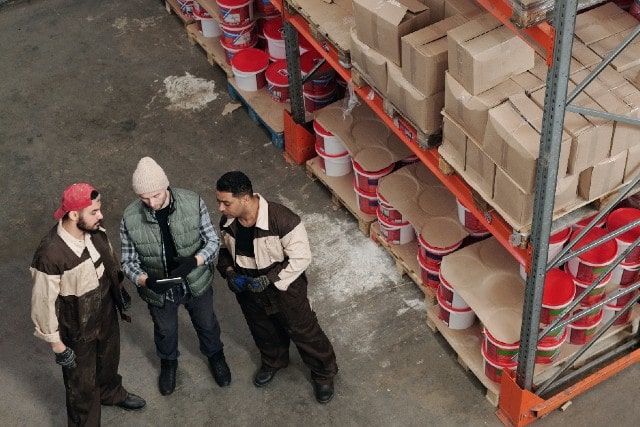CMMS vs. EAM: Which One is Right for Your Business?


Regardless of your industry, the business world is continuing to become more competitive. It’s never been more important for businesses to streamline how they manage their people, resources, equipment, and other resources to come out ahead.
As such, many are now taking a closer look at the advantages of CMMS vs. EAM. While both Computerized Maintenance Management Systems (CMMS) and Enterprise Asset Management (EAM) software have advantages, they aren’t the same.
Continue reading to learn about the differences between a CMMS and EAM, and how to choose the best option for your organization’s needs.

A CMMS, or Computerized Maintenance Management System, is a software solution designed to facilitate and optimize maintenance activities. A CMMS gives you a centralized platform to manage all maintenance tasks, work orders, asset information, and inventory.
Some CMMS systems offer additional features for scheduling preventive maintenance, tracking equipment, managing inventory, and generating reports. Regardless of the setup, a CMMS helps businesses improve the efficiency of their maintenance team while reducing downtime and enhancing the lifespan of their assets.
A CMMS has several advantages, including:

Enterprise Asset Management (EAM) software has a wider scope than a CMMS. An EAM platform offers additional features that track the entire lifecycle of an asset beyond just maintenance.
EAM systems enable organizations to track and manage their assets from procurement to disposal. They offer features for asset tracking, maintenance management, resource planning, financial management, and much more.
EAM software provides a comprehensive view of assets, including their maintenance history, warranty information, financial data, and usage patterns. This holistic approach allows organizations to make informed decisions on asset utilization, replacement, and lifecycle management.
EAM platforms have multiple advantages, including:
While CMMS and EAM systems have some similarities, they aren’t identical. When it comes to the choice of CMMS vs. EAM, here are the key differences:
Check out the video below to learn more about the fundamentals of CMMS and EAM.
Neither solution is inherently better than the other. It comes down to your budget, assets, business size, and goals.
A CMMS solution might be enough if your primary concern is optimizing maintenance processes and improving asset uptime. On the other hand, if you need end-to-end asset management capabilities, including procurement, financial tracking, and resource planning, an EAM system would be more suitable.
When it comes to choosing between CMMS vs. EAM software, there is no one-size-fits-all answer. The decision should be based on your organization’s specific needs, size, and long-term goals.
Regardless of how you choose to optimize your inventory, you’ll need a solid tagging and labeling system to back up your chosen solution. Camcode helps businesses of all sizes select the right tags for their unique use cases. Order a free CMMS tag evaluation kit to start your journey.

Enterprise Resource Planning (ERP) software works differently in that it is used to manage a wide array of resources and processes within an organization. However, as the name implies, a Computerized Maintenance Management System (CMMS) tracks and monitors the maintenance requirements and resources of the organization.
Enterprise Asset Management is used in a number of industries but has proven to be particularly popular with organizations that make use of physical components for their products. As such, it is a popular choice for the automotive and aerospace industries, as well as manufacturing in general.
SAP Plant Maintenance (SAP PM) was designed to provide complete control and in-depth insights. Therefore, it has a lot of functionality that might require additional training.
Conversely, CMMS is more intuitive, making it easy for employees to track and record maintenance requirements across the organization.
The primary difference between each of these maintenance management software platforms is:
Our sales engineers are experts in automatic asset tracking, tagging and identification,a nd can answer all your questions. Get in touch now.
Lets Talk ›Enter your information and get a free checklist of the top questions to answer to plan a successful asset tagging project for any maintenance tracking or facility management system.